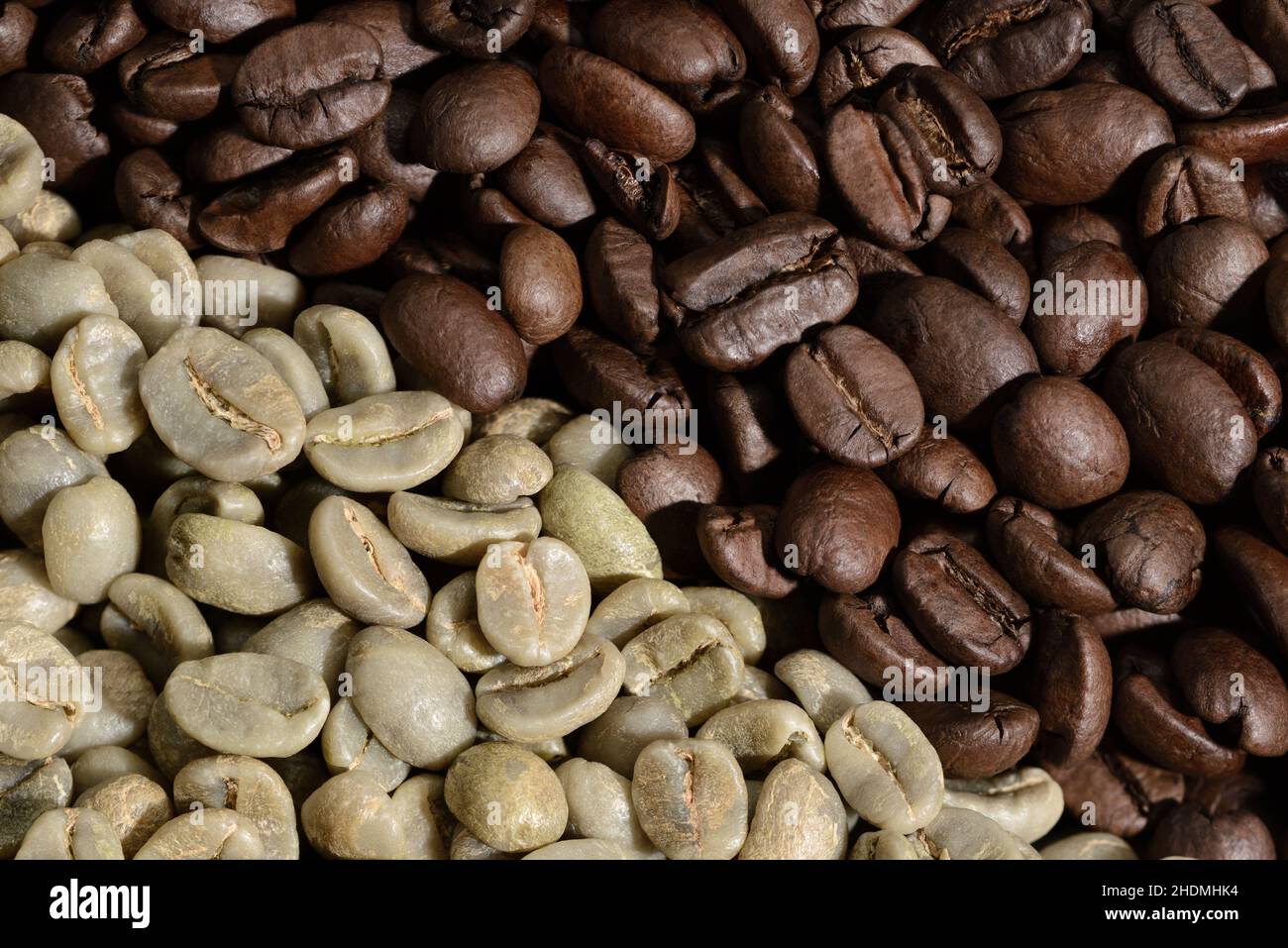For numerous individuals, our day begins with the delightful, enticing aroma of coffee flowing in the house. This cherished beverage not only energizes our days but also sparks fascinating conversations about its science. From seed to sip, coffee is a intricate blend of tastes and elements that excite our taste buds. Understanding the chemistry behind your morning cup can enhance your understanding for this worldwide favorite and its myriad forms.
In this coffee blog, we will delve into the fascinating composition of coffee, looking at everything from the roasting to methods of brewing. With the newest coffee news and trends, we’ll delve into how different aspects affect the quality, aroma, and even nutritional value of your brew. Whether you're a experienced barista or merely a coffee enthusiast, this exploration will provide insights that improve your coffee culture and enrich your morning routine. Accompany us as we begin this scented journey through the art of coffee.
The Chemistry of Caffeine Components
The robust and inviting fragrance of coffee is thanks to a complex blend of evaporative compounds that are released during brewing. Among the most essential compounds are caffeine, chlorogenic compounds, fats, and carbohydrates. Caffeine, a biological stimulant, is known for its ability to enhance alertness and disposition. Chlorogenic acids, on the contrary, are antioxidant compounds that add to the unique flavor profile and are thought to provide various health benefits. Together, these compounds create the archetypal experience of enjoying a morning brew.
During the roasting process, the Maillardian reaction plays a significant role in developing the taste of coffee. This chemical reaction occurs when molecules and carbohydrates interact under high temperatures, resulting in the synthesis of new aromatic compounds. As coffee beans are roasted, they undergo intricate transformations that produce hundreds of different aroma and taste elements. This process is what gives each type of coffee its distinct characteristics, shaping everything from sweetness to acidity. Grasping the Maillard reaction helps us understand why different roasting levels can drastically change the character of our preferred coffee.
Additionally, the brewing technique significantly impacts the harvesting of these compounds. Factors such as heat levels, brewing duration, and particle size impact how flavors are pulled out from the coffee grounds. For instance, a French press might draw out oils and flavors in distinct manners than a drip brew or an espresso machine. Each method can accentuate various notes such as fruity acidity or nutty richness, making the science of brewing an critical topic for any coffee writing enthusiast. Exploring these relationships reveals not just the skill of brewing but also the science behind what makes each serving of coffee so special.
Brewing Techniques Approaches & Their Influence
The way coffee can be brewed can greatly influence the flavors and aroma. Different brewing style draws out different compounds from the coffee grounds, leading in one-of-a-kind tasting notes and overall experiences. https://www.coffeehype.co.uk/blogs/ as, methods like espresso and French press emphasize the richness and body of the coffee, while pour-over techniques accentuate clarity and brightness. This variety means that coffee enthusiasts are able to investigate diverse flavors based on their preferred brewing style, which makes it a vital aspect of coffee culture.

Additionally, the temperature and time of extraction play important roles in shaping the final outcome of the brew. Higher temperatures typically extract more oils and acids, resulting in a bolder taste, whereas lower temperatures tend to yield a smoother cup. In addition to temperature, the size of the grind of the coffee is equally important; more finely ground grinds increase extraction speed, which can result in a stronger flavor if managed correctly. Comprehending these variables allows coffee lovers to tailor their brewing techniques to match their personal preferences.
Finally, the water-to-coffee ratio is a key element that affects the strength and general quality of the brew. A higher ratio of coffee to water generally creates a concentrated and intense flavor, while a lower ratio results in a milder cup. Different brewing methods may require specific ratios for best results; for example, a traditional Turkish coffee might call for a stronger blend compared to a cold brew. Becoming familiar with these details not only enhance the home brewing experience while also nurtures a deeper appreciation for the complex science behind each cup of coffee.
Health Benefits of Coffee Drinking
This beverage is not only a morning ritual; it is rich in numerous wellness advantages that can enhance your overall well-being. Research has shown that moderate coffee consumption is connected to a lower risk of multiple long-term illnesses, such as type 2 diabetes, cardiovascular disease, and various kinds of cancer. The antioxidants in coffee, such as chlorogenic acid, play a crucial role in defending cells from damage and fostering better health outcomes.
Additionally, coffee can elevate your cognitive function and elevate mood, thanks in part to its caffeine content. Studies indicate that caffeine can improve alertness, concentration, and even temporary memory. In alongside its stimulating effects, coffee may aid diminish the risk of neurodegenerative diseases like Alzheimer's and Parkinson's, making it a valuable beverage for brain health as we age.
Finally, the healthy advantages of coffee reach past physical health; it can also enhance social well-being. Enjoying a cup of coffee can be a enjoyable experience shared among friends, helping to foster connections and alleviate stress. With its vibrant history and cultural significance, coffee remains a crucial aspect of community life, making it not just a beverage, but an important part of daily living.
